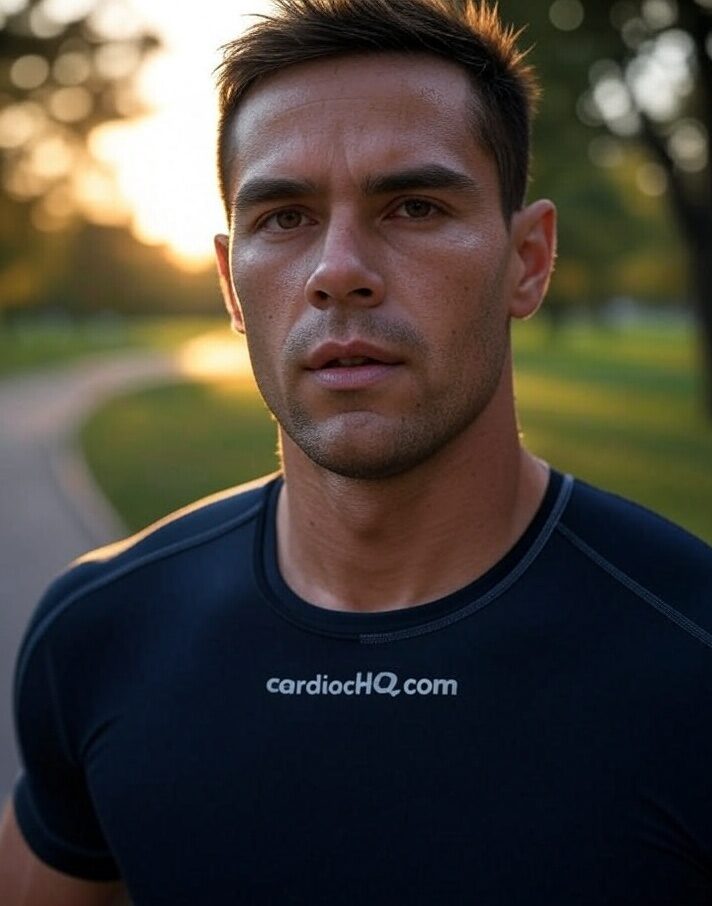Mastering endurance nutrition in 2025 is essential for athletes and fitness enthusiasts pushing their limits in marathons, triathlons, and ultra-endurance events, with the global sports nutrition market projected to hit USD 52.32 billion this year and grow to USD 101.14 billion by 2034 at a CAGR of 7.6%. As endurance demands rise, 2025 brings cutting-edge strategies blending carbohydrate-periodization, hydration optimization, and gut-friendly fuels, all powered by AI and wearable tech. This guide explores how to fuel long-duration performance, enhance recovery, and sustain energy, tailored to the latest scientific advancements and sustainability trends. Whether you’re training for your first 10K or a multi-day ultra, these insights will elevate your game. Dive into linked articles for specifics, and track your progress with cardiachq.com. Let’s conquer endurance challenges in 2025!
Section 1: The Fundamentals of Endurance nutrition

Endurance nutrition focuses on sustaining energy and preventing fatigue during prolonged activity, relying on a strategic mix of carbohydrates, fats, and proteins. In 2025, the emphasis is on carbohydrate-periodization, where athletes load 7-12g/kg body weight pre-event and taper during training to optimize glycogen stores. Fats, especially medium-chain triglycerides (MCTs), provide a slow-burning fuel for ultra-events, while proteins (1.2-1.6g/kg daily) repair muscles post-exercise. Micronutrients like iron and magnesium combat deficiencies common in endurance athletes, with 30-50% reporting low levels. Timing is critical: pre-race meals 2-4 hours out and intra-race fueling every 30-60 minutes sustain output. This foundation prevents bonking and supports long-term health. Explore “Carb Loading Techniques for Endurance Athletes 2025” for details.
Section 2: Fueling Strategies for Long-Duration Performance
For endurance events, 2025 fueling strategies prioritize hybrid carbohydrate sources—glucose and fructose blends—delivering 60-90g/hour to maximize absorption without gut distress. Products like Maurten’s hydrogel technology, popular among elites, release energy steadily. Fats from nut butters or MCT oils kick in for ultra-distances beyond 2.5 hours, sparing glycogen. Caffeine (3-6mg/kg) boosts focus, with 2025 studies showing 12% performance gains in marathons. Gut training—practicing race-day nutrition—prevents issues, a trend fueled by microbiome research. Women athletes may need adjusted doses due to hormonal cycles. Personalize with AI tools. See “Gut-Friendly Fuels for Endurance in 2025” .
Section 3: Hydration and Electrolyte Management
Hydration is critical for endurance, with 2025 innovations like electrolyte-enhanced drinks addressing sweat losses of 0.5-1.5 liters/hour. The goal is to maintain 2-3% body weight hydration, using isotonic solutions with sodium (500-700mg/L) and potassium. AI wearables now predict sweat rates, adjusting intake in real-time. Overhydration risks hyponatremia, so balance is key—drink to thirst post-2025 guidelines. For ultra-events, adding magnesium prevents cramps. Sustainable hydration packs with plant-based electrolytes are trending. Track with cardiachq.com. Dive into “Hydration Hacks for Peak Performance in 2025” .
Section 4: Recovery Nutrition and Supplements
Post-exercise recovery in 2025 blends immediate refueling with long-term gains. Within 30-60 minutes, consume a 3:1 carb-to-protein ratio (e.g., 60g carbs, 20g protein) to replenish glycogen and repair muscles. Plant-based recovery shakes with pea protein and tart cherry juice reduce inflammation. Supplements like creatine (3-5g daily) enhance strength for repeated efforts, while omega-3s (2-3g) aid joint health. 2025 sees gut-targeted probiotics boosting recovery by 15% in endurance studies. Avoid over-supplementation to prevent toxicity. Personalize with genetic insights. Explore “Top Supplements for Endurance Athletes 2025”.
Section 5: Technology and Sustainability in Endurance Nutrition
Technology drives endurance nutrition in 2025, with AI analyzing biometrics to tailor macros and hydration. Wearables track calorie burn and electrolyte loss, adjusting plans dynamically. Genetic testing identifies carb or fat metabolism preferences, optimizing fuel efficiency. Sustainability trends include upcycled ingredients and biodegradable packaging, aligning with eco-conscious athletes. Plant-based fuels reduce environmental impact, growing at 8% CAGR. cardiachq.com integrates these tools. For tech insights, see “AI-Powered Personalized Sports Nutrition 2025“.
Conclusion
Mastering endurance nutrition in 2025 equips athletes to excel and recover with precision, from carb-periodization to sustainable fuels. The market’s $52.32 billion growth reflects this shift. Start with a tailored plan, use cardiachq.com for tracking, and explore linked guides: “Carb Loading Techniques for Endurance Athletes 2025” , “Hydration Hacks for Peak Performance in 2025” (#), and more. Share your endurance tips below!



